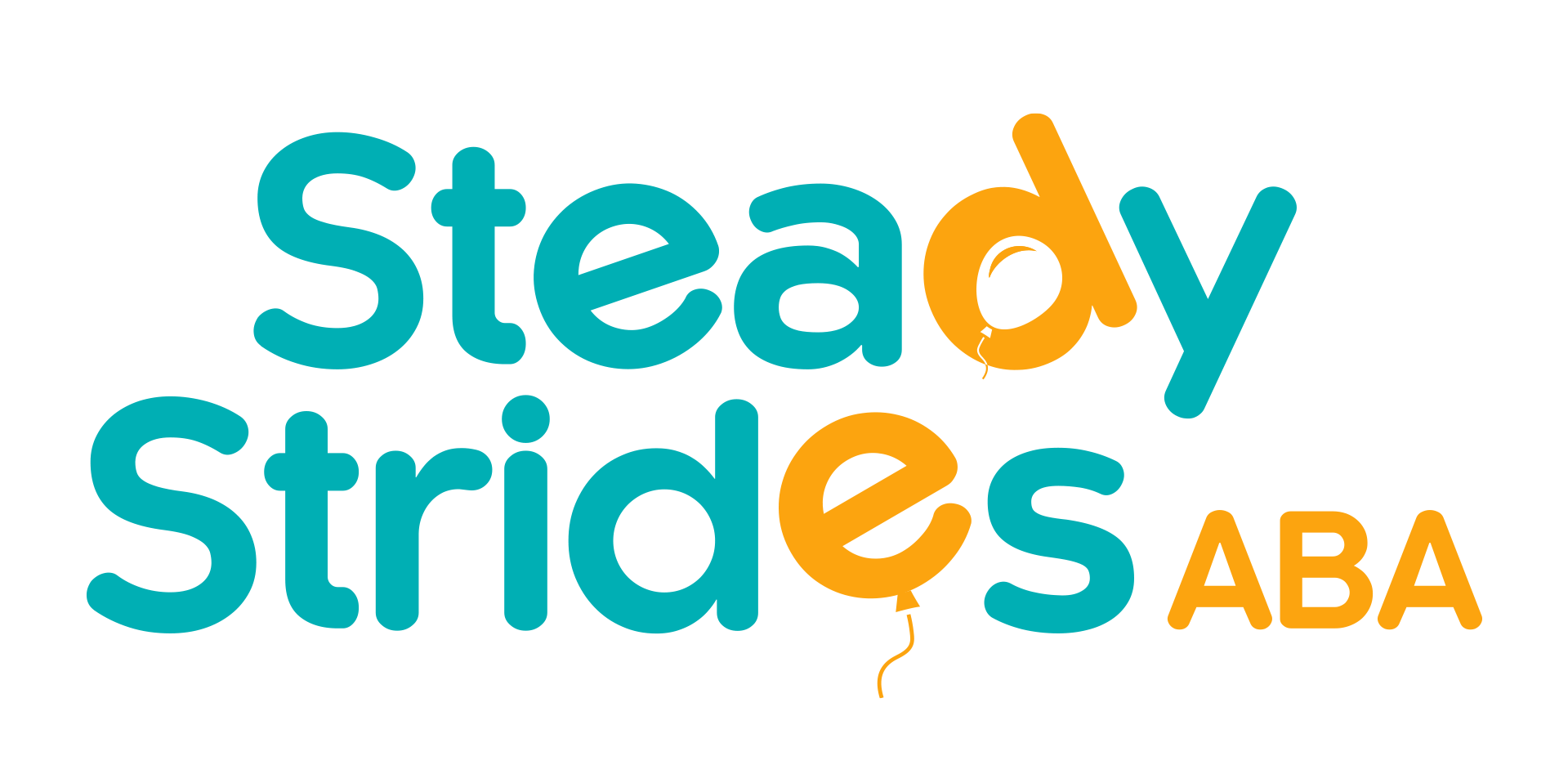In ABA therapy, shaping and chaining are two powerful teaching strategies, but they work in different ways.
Shaping involves reinforcing small steps toward a desired behavior. For example, if teaching a child to say “water,” you might first reward them for making a “wuh” sound, then for saying “wa,” and finally for the full word. It’s about gradually improving the behavior until it matches the goal.
Chaining, on the other hand, is used to teach multi-step tasks by breaking them into smaller, manageable parts. For example, brushing teeth can be taught step-by-step from picking up the toothbrush, applying toothpaste, brushing, to rinsing or until the full routine is mastered. Chaining can be taught from the first step forward (forward chaining) or from the last step backward (backward chaining).
Both methods build skills effectively, but shaping is best for refining a single behavior, while chaining is ideal for teaching sequences.
At Steady Strides ABA, we use both strategies to help children develop practical skills that promote independence.
Want your child to master new skills with confidence?
Contact us today to learn about our personalized ABA programs in Texas.
SOURCES:
https://www.scribd.com/document/837662929/Shaping-and-Chaining
https://ksdetasn.org/resources/935
https://dictionary.apa.org/chaining
https://passthebigabaexam.com/dana-dos-clearing-up-the-confusion-over-shaping-and-chaining/
https://psychcentral.com/pro/child-therapist/2020/02/shaping-chaining-task-analysis-with-an-example-from-everyday-life













